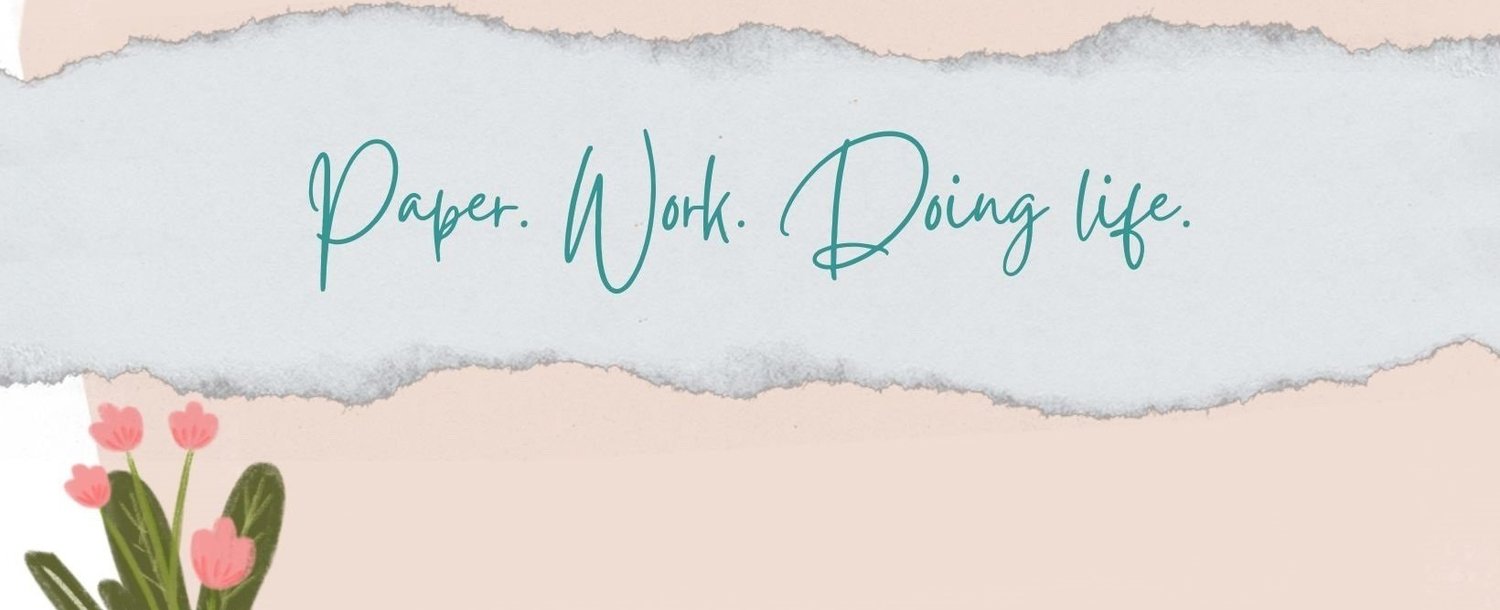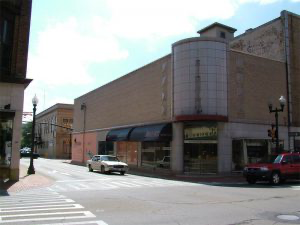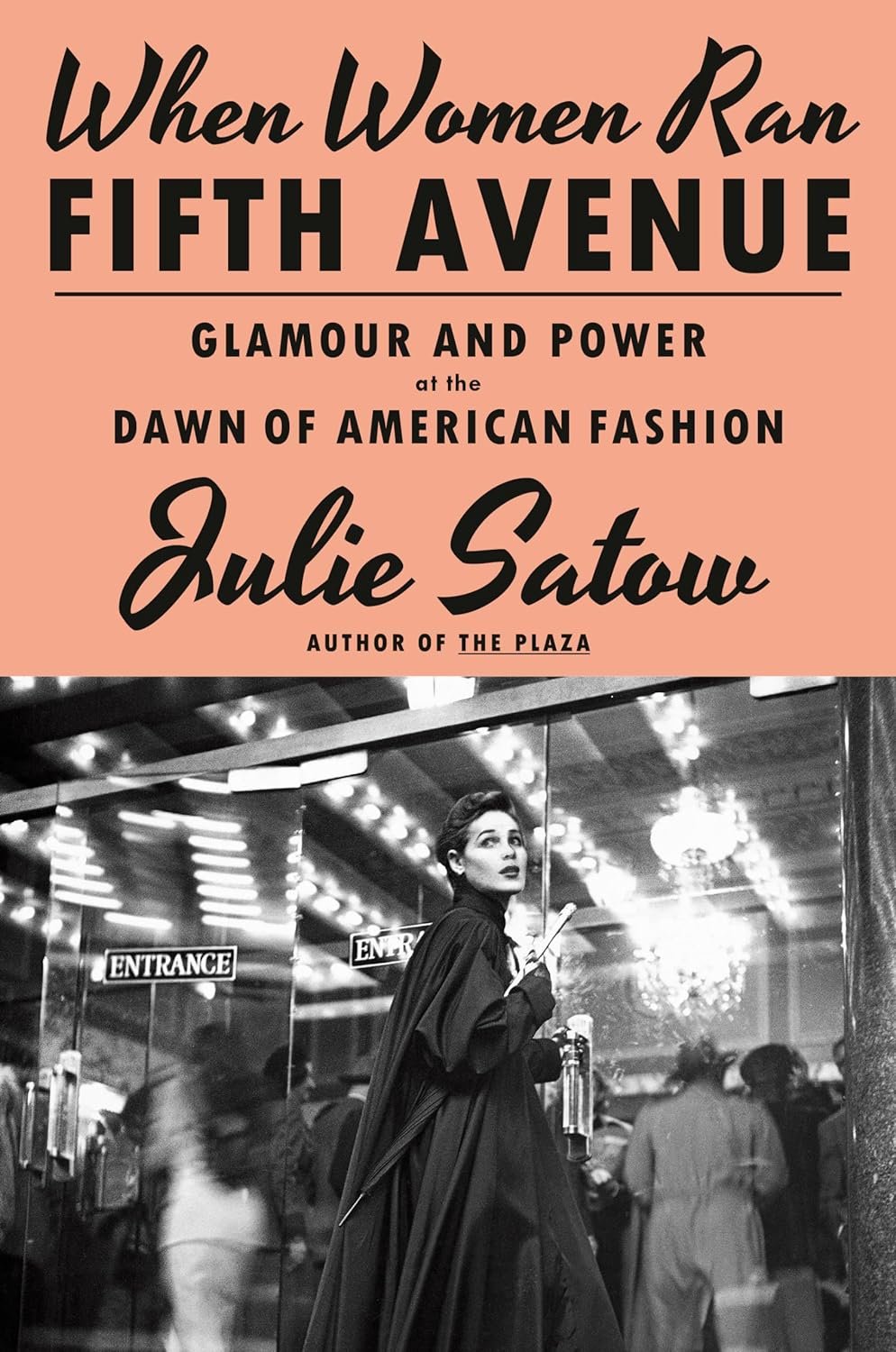When Women Ran Fifth Avenue: Glamour and Power at the Dawn of American Fashion - Julie Satow
Genre: Nonfiction
I am so delighted I was asked to read and review Julie Satow’s When Women Ran Fifth Avenue: Glamour and Power at the Dawn of American Fashion. Satow focuses most closely on Hortense Odlum of Bonwit Teller, Dorothy Shaver of Lord & Taylor, and Geraldine Stutz of Henri Bendel. Although very different, these women represent those who were making their way into corporate leadership positions in the world of Department stores and fashion. Through exploring these lives we gain entrance into the fascinating world of 5th Avenue - watching the evolution of the department store and women’s fashion. The era here is one that I love to read about. For me it evoked feelings of PBS’s Mr. Selfridge which was fascinating to me and of The Marvelous Mrs. Maisel - I mean, who wouldn’t want her fashion style and access to those clothes?
I was born when these department stores were considered the pinnacle for shoppers, but by the time I was shopping, these kinds of stores were struggling to maintain their relevance (which I learned from this book). To be clear, I didn’t live near 5th Avenue, nor did we have the economic freedom to shop for designer clothing. But, oh, I remember Brody’s - a department store in a nearby small town. I remember shopping there with my grandmother, who had a bit more spendable money. We would descend into the basement of the store where pop music would be playing and the decor was all silver and lucite. Here was the world of the teen shopper. I can even - pretty accurately - describe some of the clothes I got there. I was a bit entranced. I was entranced in much the same way by the contents of this book. I would love to walk the corridors of one of the early department stores. Satow describes the executives, the shoppers, and the facilities in a way that they come alive. The inclusion of a number of photographs enhance the reading.
Brody’s Department Store Building
The ladies that Satow focuses on are charting new territory. Odlum is a housewife who becomes involved at the urging of her husband who bought Bonwit Teller and wanted to revitalize it. Dorothy and her sister Ellie came to New York City on a whim and stayed. Dorothy worked her way up the ladder at Lord & Taylor. She loved her career and was, of course, excellent at it. In many ways Geraldine Stutz had the most difficult job to revitalize Henri Bendel because of the unique structure and small size of the building. She had to be very creative and her ideas were often the stuff of criticism - right up until the point where she consistently succeeded. These ladies had to fight for respect by working hard for much less money than corporate men were getting.
I learned a great deal of history as well. This paragraph will read a bit like a list, but I’d love to whet your appetite to read the title. I didn’t know that the Nazi’s attempted to weaponize women’s hats and fashion. I learned about the circumstances that surrounded the Triangle Shirtwaist Factory fire and the tragic loss of life. For someone who wielded her fashion plates with aplomb, I was also delighted by the history of American fashion as it were - the spying, the thievery, the high stakes copying in Paris. I was unaware of Eleanor Roosevelt’s involvement in its development. Having just visited the Andy Warhol museum for the first time - I was especially interested in reading about his early shoe work for department stores. Other prominent names involved in this era include: Salvador Dali, L. Frank Baum, Amelia Earhart, Jackie Cochran, Christie Brinkley, and Mary Tyler Moore. The history of mannequins and decorated windows are a part of this book. I have vague memories of decorated windows in Pittsburgh department stores.) One mannequin designer often took one of his favorites to social events! I read about the first paper catalog created by Geraldine Stutz to help keep her store relevant. (Evoking for me memories of the yearly arrival of the JCPenney Christmas Catalog) Finally, Satow outlines the advent of the discount department store - Walmart, Kmart, etc. and of course shopping malls are also explored here. These signaled the demise of the department stores. The fall of these department stores and the change in the careers of these three women are also explored. The loss of actual historical buildings like that of Bonwit Teller was a tragic consequence.
Satow concludes that the three ladies that she has featured as trailblazing (2 of whom devoted their entire careers to keeping their stores relevant) would not be overly sad at the demise of the traditional department store. In part because so many other opportunities for women to advance in the corporate world exist now. She also suggests they might be pleased with the democratization of American fashion through avenues like Etsy and social media.I might also add that the current uptick in the appreciation of vintage fashion might be pleasing for the ladies as well. I am new to vintage shopping but am enjoying exploring the clothes from the very eras that this book features. I love having time to create a “fit” that features a vintage piece in what I would consider an updated way. Perhaps now, I can picture myself in the dressing room of one of these upscale department stores just taking it all in. I appreciate Julie Satow’s When Women Ran Fifth Avenue: Glamour and Power at the Dawn of American Fashion - excellently researched, well written, informative, and for me memory evoking. Thank you to NetGalley and Doubleday for the Advanced Reader Copy
Book cover When Women Ran Fifth Avenue by Julie Satow


